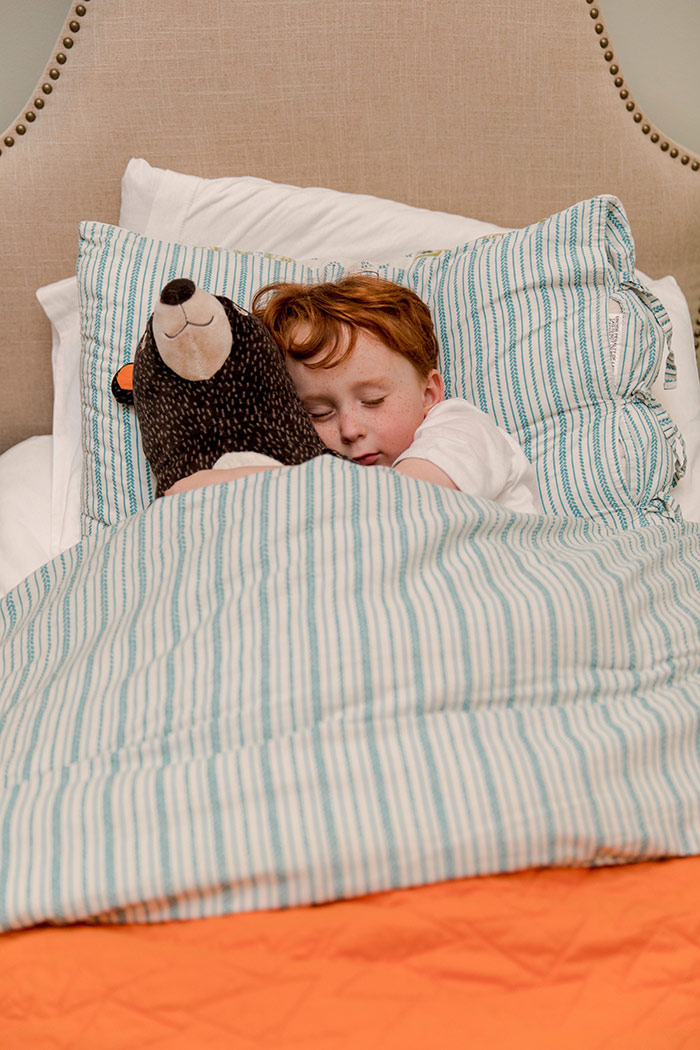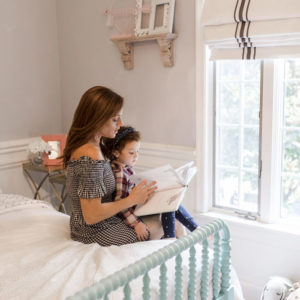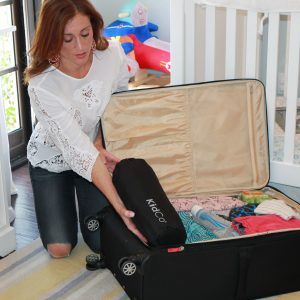
Surviving the Time Change – Daylight Savings with Kids
This weekend, we will ALL do a scary thing as parents… We will all fall one hour back and potentially ruin any existing good sleep habits for our children or any sleep progress we’ve made since the last time change.
Yes, Daylight Savings is coming, and we all need to think ahead and prepare ourselves and our kids for the changes to come.
The Importance of Sleep for Children
Most of us do look forward to having more daylight in the evenings with Spring Daylight Savings. We use these extra hours of light for school activities, family time outdoors, and even our evening workouts.
But Fall Daylight Savings time isn’t always so welcome. Yes, technically, you get an “extra” hour that weekend, but the days just get even shorter.
Our sleep, and our kids’ sleep, can be disrupted by these time changes. For parents of early risers, this change can make an already early start feel impossible.
And sleep is incredibly important to our overall health and well being, even as children. Losing just an hour can cause some children to feel foggy and out of sorts.
Every child is different and will be affected by Daylight Savings differently.
So today I’m giving you my best tips for getting different types of sleepers back to a normal sleep pattern after experiencing time changes.
1. “Go with the Flow” Kids
Many kids are minimally affected by seasonal time changes. Some kids even adjust their sleep cycle on their own…score!!!
To figure out if you have an easy going sleeper, ask yourself one question. If you put your child to sleep later than their usual schedule, do they wake up later? If the answer is yes, your child is probably least likely to be affected by time changes.
Some slight modifications to your child’s routine might help maintain a normal sleep pattern:
- The night of the Fall time change, put your child to bed later than normal (or earlier during the Spring time change) in the hopes they will get their full normal hours of sleep, even with the time change.
- Eliminate screen time an hour before bedtime. Screen time is very stimulating, making it difficult for children to fall asleep. This is even more important when trying to adjust your child’s bedtime routine.
- After the Spring time change in many places, the sun won’t set until 7:30 or 8PM, making it difficult for children to fall asleep with the natural lighting. Make sure to create a dark place for your child to fall asleep. Black out curtains are a great idea – they are even great for the Fall time change when the sun comes up earlier than usual!
2. Sensitive Sleepers
Many infants and toddlers are very sensitive to sleep schedules, and Daylight Savings can completely disrupt their routines.
My best advice is to prepare ahead of time with sensitive sleepers.
For children easily affected by any disruption in the sleep schedule, easing into a new sleep routine is going to be so much easier on your little one and you!
I recommend starting your transition 4 days prior to the time change. Each night, adjust your child’s sleep routine by about 15 minutes. Remember to keep the bedtime routine exactly the same as you normally would as the nighttime cues will help your child feel comforted and safe. These bedtime routines also help your child know it’s time for bed, even if the clock or the sun don’t look the same as usual!
3. Early Risers
Is your child up before the sun most days? Don’t worry, you’re not alone!
But time changes can be especially difficult on the parents of naturally early risers.
In these cases, I recommend helping your child learn cues for when it is time to get up and get the day started. There are kids’ sleep timers and alarm clocks designed specifically to help toddlers learn good bedtime and wake up habits.
I also recommend following the same steps for adjusting sleep routines, but just know that your child may still be up before the sun.
Final Thoughts on Maintaining Good Sleep Habits Through Time Changes
Remember that all children adjust to time changes in their own ways and at their own pace. Eventually, everything evens back out as kids adjust.
Remember the old adage, “Sleep begets sleep.” The better rested your children are, the better and easier bedtime will go!
Physical activity is also a great way to promote healthy sleep habit year round. If it’s too cold outside, try some indoor activities – GoNoodle is a fun {and FREE} site with indoor recess videos for kids.
Know that instilling good sleep habits in your children now will set them up for a lifetime of healthy sleep!
~Dr. Katie




